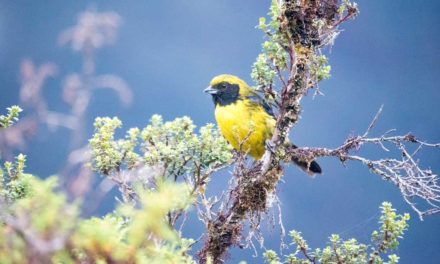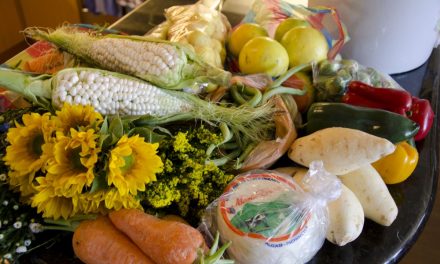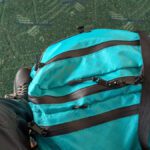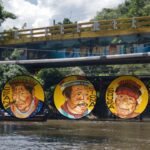Built in the year for which it is named, the Malecon 2000 is a modern urban park that attracts hundreds of Guayaquileños each day.
The word malecón means boardwalk or pier in English. Many coastal or river cities in Ecuador have a malecón. But when Guayaquil decided to extend the already existing Malecón Simon Bolívar by 2.5 kilometers at the turn of the century, they built a boardwalk that would stand the test of time. The extension included gardens, museums, fountains, and a commercial center with bars and restaurants. Sixteen years later and the «new» Malecón is one of the most popular tourist destinations in the city.
 Like many port cities along tropical coasts, Guayaquil is hot and humid, so outdoor spaces that are well-shaded and can catch the merest of breezes are popular with locals. The Malecón is no different. On evenings, especially on Friday and Saturday evenings, the Malecón is full of families strolling the long walk way.
Like many port cities along tropical coasts, Guayaquil is hot and humid, so outdoor spaces that are well-shaded and can catch the merest of breezes are popular with locals. The Malecón is no different. On evenings, especially on Friday and Saturday evenings, the Malecón is full of families strolling the long walk way.
If you begin your walk on the far northern end of the Malécon, you will find a small artisans market with tourist treasures from all over Ecuador. At least some vendors are open everyday, but weekends and holidays are often the best chance to find a better selection of goods.
This end of the Malecon is the hottest with the least amount of shade. But as you continue your walk, you will run into the outdoor restaurant area, where you can by regional food dishes (comida tipica) served in a relaxed fast food style. There are also some restaurants inside the small commercial center as well. Though our favorite restaurant is at the far southern end where the Malecón reaches the Wyndham hotel. Called Mami-T, they specialize in dishes made with green plantains. For example, instead of bread, their sandwiches are served on fried green plantains that are crunchy. Think corn tortilla crunchy. And they make a mean sangria. You might want to plan your walk along the Malecón to end for a sunset drink in this very spot.
Along the Malecón 2000, there are a few iconic places where families always stop to take pictures. One is the huge GUAYAQUIL sign – very large letters in the sky blue and white colors of the city. In fact, the letters are so large, it can by tough to fit the city name into a photo. You can also take a tour of the Rio Guayas on a three-mast ship from about this same point on the Malecón.
Another is the monument to Guayaquil Independence on the 9th of October in 1820. Called La Rotonda because of its design, it can easily be spotted on the Malecón. Flags of each country liberated by Simón Bolívar and San Martin snap loudly in the breeze. Statues of both men stand front and center. The steps up to the rotunda make a perfect spot to stand for family photos.
The part that feels most park is just south of these two photogenic locations. There are water features, including a small lake where people can enter floating balls and play on the surface of the water without even getting wet. There are fountains and statues. There are benches under shady trees. There are walkways through botanical gardens full of bromeliads and flowering orchids.
- Orchids on the Malecon 2000, Guayaquil, Ecuador
- Orchids on the Malecon 2000, Guayaquil, Ecuador
- Statue on the Malecon 2000, Guayaquil, Ecuador
The combination of water and gardens attracts lots of birds. Your best bet for bird photography would be in the early morning hours. There are fewer people and cooler weather. Like any big city, please be aware of your surroundings and bring camouflage for your camera. There is nt need to break out that long lens except for the moments when you need it (maybe by the grove of trees near the outdoor restaurant area… that’s where the Night Herons roost).
- Blue-gray Tanager on the Malecon
- Great-tailed Grackles rule the Malecon
- A Hornero near the water
A little past the gardens, you will find the museums for anthropology and for contemporary art.
Furthest to the south, just past the Wyndham hotel, the Malécon turns into a walk way up the stairs through the neighborhood of Las Peñas to the lighthouse at Cerro Ana Santa.
Touring the Malecón need not be limited to a single visit, especially if you chose to tour the museums or stop for a meal along the way. In fact, you may want to join the locals for an hour or two each night and just take an evening stroll before dinner. It’s the perfect way to experience Ecuador like the locals.

























